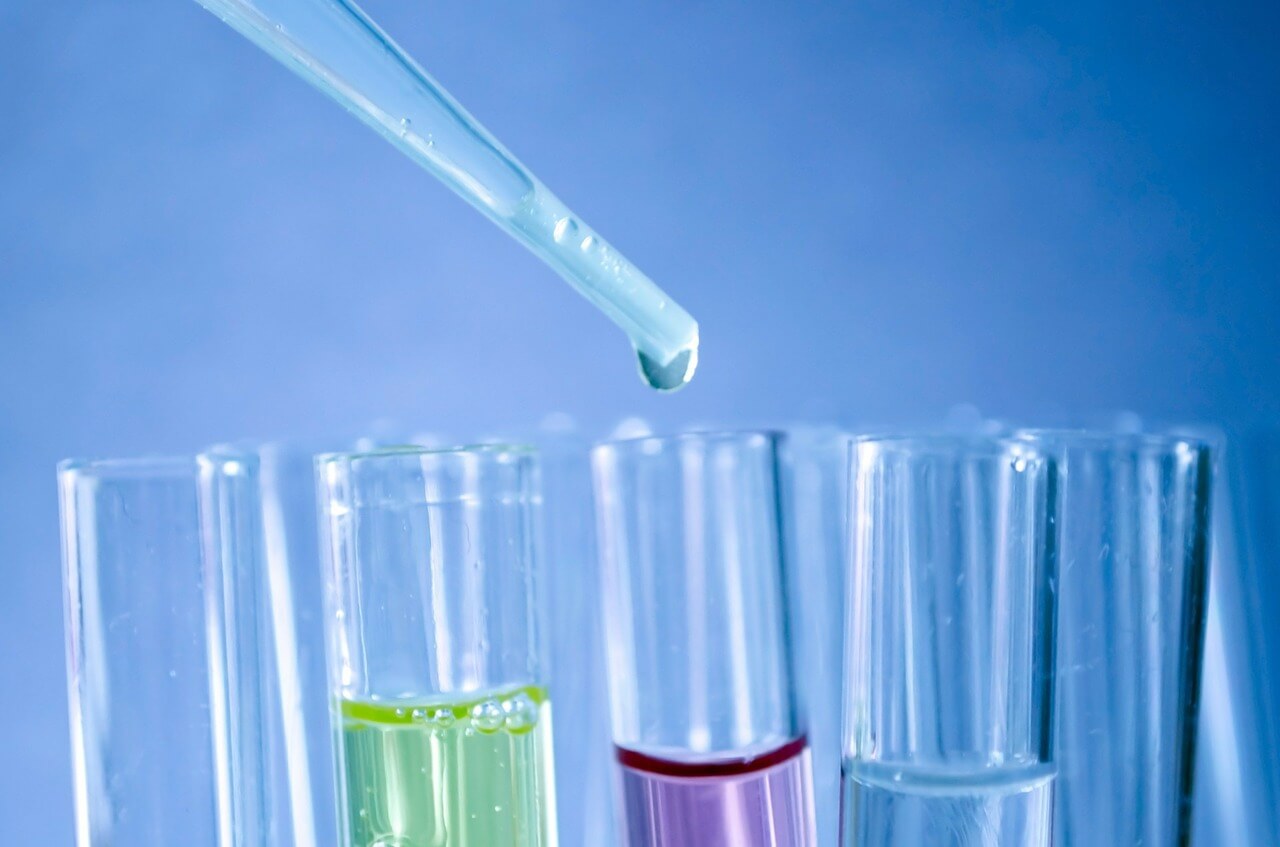Chevron’s Latest Technological Advances, Safety Processes and Environmental Stewardship
With constant technological advancements throughout the last decade, and an intensified corporate commitment to innovative processes, technology continues to play an ever-increasing role in our energy future. Every year, newly deployed technology helps our energy community to lead the industry with high-level initiatives pertaining to safety, efficiency, and environmental practices. At this pivotal time, senior-level energy executives will be arriving from around the world to address the energy infrastructure of the future at our upcoming North American Gas Forum. The voices of the industry will be in Washington D.C. October 14th-16th, making decisions that will impact the way our industry proceeds with technology, process control, strategic partnerships and legislation into 2019 and beyond.

For an insider perspective on Chevron’s approach to testing technology, safety process control, and environmental stewardship, we connected with Timi Singa, Hazard Communication Specialist at Chevron. Timi’s expertise is in organic and inorganic chemistry, with extensive experience conducting experimental research on catalysts, lubrication oils, and zeolites. Here is our conversation:
ED: Could you talk us through your background, and what you do on a daily basis?
TS: When I started working for Chevron, I was doing research into general-use catalysts for the refining processes. For example, I studied hydroprocessing, NOx and particulate cleaning processes to help with cracking the crude oil, and trying to direct its chemistry to work more efficiently. Other projects I worked on had to do with renewables, such as biofuels and using enzymes to create a renewable gas.
What I do now is hazard communication. Whenever a Chevron product is shipped, there is a Safety Data Sheet that comes with it. This document tells you what the shipment contains, including the hazards, and information about how to safely transfer it from one place to another.
ED: How do you ensure the correct product codes are identified for proper documentation?
TS: We talk and cross-check a lot, and work with the toxicology and environmental teams. We have a transportation specialist. Once we are done with the majority of the documents, we send the forms off requesting the transportation codes. In the systems that we use, the various base chemicals that make up products have already been analyzed, so we can use these as building blocks to create the document.
ED: Does the control process include multiple levels of security, precautions and testing?
TS: Absolutely. A lot of the testing occurs with the people who request the safety data sheet, which is what I work on. We go through a review process also, which includes sending a draft of the document to a fellow author. They peer review it, edit as necessary, and then send it back to us.
ED: Has the testing technology improved over time?
Yes, the methods of analysis change over time. Machinery, like spectrometers, get better all the time. In terms of methodologies, these are usually spread across the industry. If there is a testing method that Chevron develops, this is something that will be tested across the board. Other companies evaluate the method, comparing it to their own results, and then whenever the method is proved out, it is pushed forward.
With each technological advancement, we are modernizing, improving efficiency, and catching problems before they become problems. Chevron also has initiatives that are dedicated to environmental stewardship, health and safety.
ED: Could you share a few favorite examples of how Chevron approaches environmental sustainability?
TS: When we build a refinery, a drilling platform, or any other major capital project, we conduct environmental impact assessments. These studies help us avoid or reduce the potential for significant impacts on sensitive species, habitats and ecosystems. For example, Chevron operates one of the world’s largest natural gas developments on Barrow Island, which is designated a Class A nature reserve by the Western Australian government. We have been on the island since the early 1960s, and have developed an award-winning, rigorous quarantine process there that has protected and safeguarded this unique island ecosystem.
There was another instance where redevelopment was supposed to take place, but owls were found to be nesting in the elevator shaft of a building slated to be demolished. Chevron recognized that as birds of prey, the owls were a protected species and worked with wildlife authorities to protect the birds until the owlets fledged and abandoned their nest naturally. The building demolition was postponed and an exclusion area was set up to avoid disturbing the fledglings and reduce stress on their mother. The owlets were photographed weekly to document their progress and the photos were shared with all employees. Finally, when all the birds were ready to leave the nest, the project was allowed to move forward. I was a little surprised that something like that would happen, as the stereotype of major corporations, especially in the oil industry, is that the focus is on the bottom line. I was proud to see Chevron working in an environmentally responsible manner.
 Join us to discuss technological advances, safety processes, environmental stewardship and more at the North American Gas Forum – October 2018
Join us to discuss technological advances, safety processes, environmental stewardship and more at the North American Gas Forum – October 2018
The North American Gas Forum is dedicated to bringing together an impressive line-up of industry decision makers from across the natural gas value chain. The forum will be held on October 14-16 in Washington D.C. Join us for high-level discussion and debate, with topics ranging including natural gas development changes, big data, methane emissions, storage infrastructure, smart regulation, and more.
To learn more, and to reserve your spot, please visit http://energy-diagloues.com/nagf/






